Plant of the month for July is Pterostylis cucullata R.Br. (leafy greenhood), a rare and striking native orchid listed as Endangered in South Australia. And DEWNR’s park of the month, Belair National Park is critical for its survival, containing 99% of its South Australian population. Outside this park there are only several small occurrences, and the species has been lost from much of its former range in the wetter parts of the Adelaide Hills and Fleurieu Peninsula due to urban and agricultural development. All the extant populations are subsp. sylvicola, and subsp. cucullata, which once occurred near Fairview Park and McLaren Vale, is now presumed to be extinct in the Mt Lofty Ranges.
The population in Belair National Park has been monitored and managed for many years by the Friends of Parks Threatened Plant Action Group and members of the Native Orchid Society of South Australia, who have been active in controlling weeds. The orchid is susceptible to browsing, and increased numbers of kangaroos and rabbits (the latter probably in response to fox-baiting) are a more recent concern.
Greenhoods (Pterostylis) are so-named because of their hood-like galea, formed by the fusion of the dorsal sepal and lateral petals. Pterostylis cucullata is one of the larger species of this group and has distinctive velvety brown colouration on the sides of the hood. The flowers are usually borne singly and arise from the leafy basal rosettes on stalks up to 25 cm tall. They appear from late July to October and are pollinated by small male fungus gnats of the family Mycetophilidae.
Pterostylis cucullata is also found in Victoria and Tasmania. It is listed as Nationally Vulnerable and is the subject of a National Recovery Plan (140kb PDF) under the Commonwealth Environment Protection and Biodiversity Conservation Act 1999. More information is also available from the Species Profile and Threats Database (SPRAT profile), a DEWNR Threatened Flora fact-sheet (280kb PDF) and the Recovery Plan for twelve threatened orchids in the Lofty Block Region of South Australia 2010, by Quarmby (2010, p. 114, 2.1mb PDF) .
Contributed by State Herbarium botanist Peter Lang.

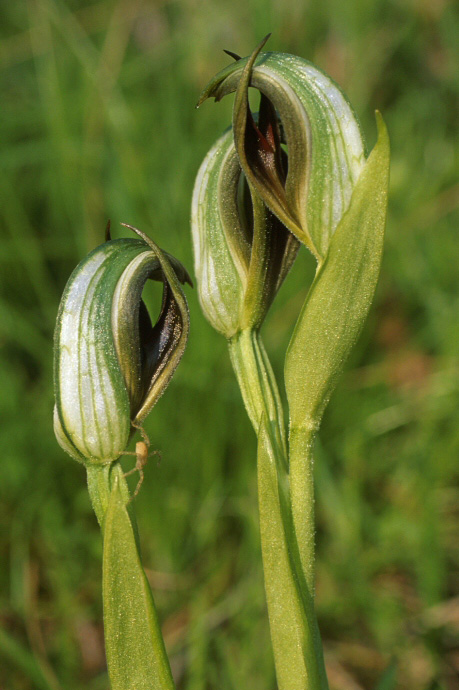


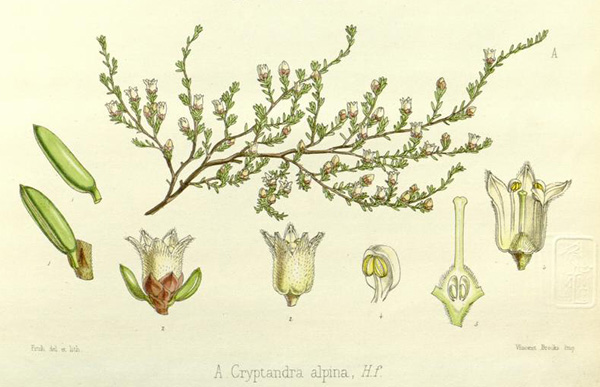
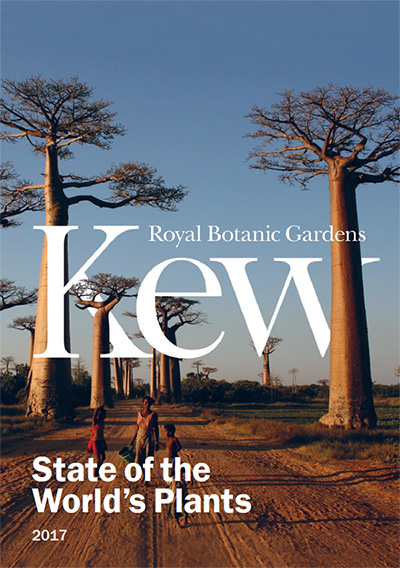
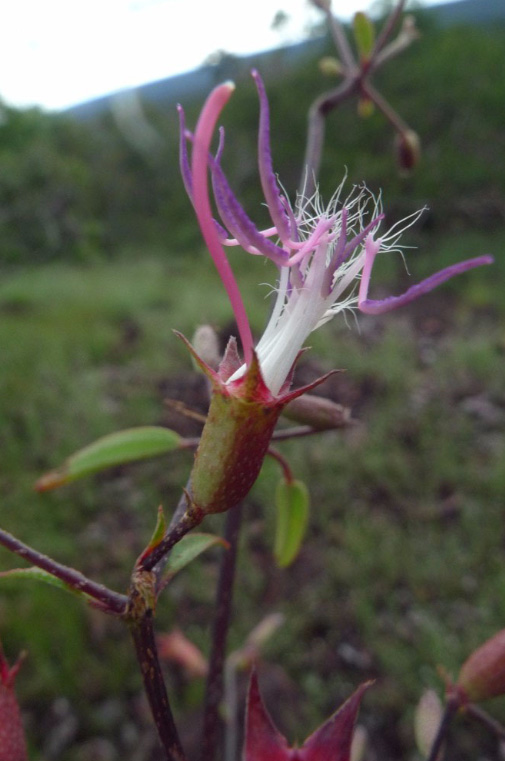
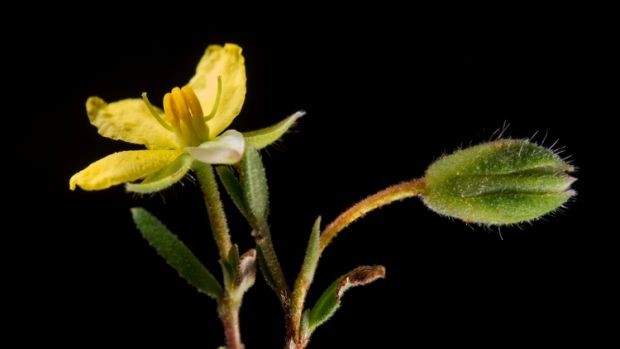
You must be logged in to post a comment.